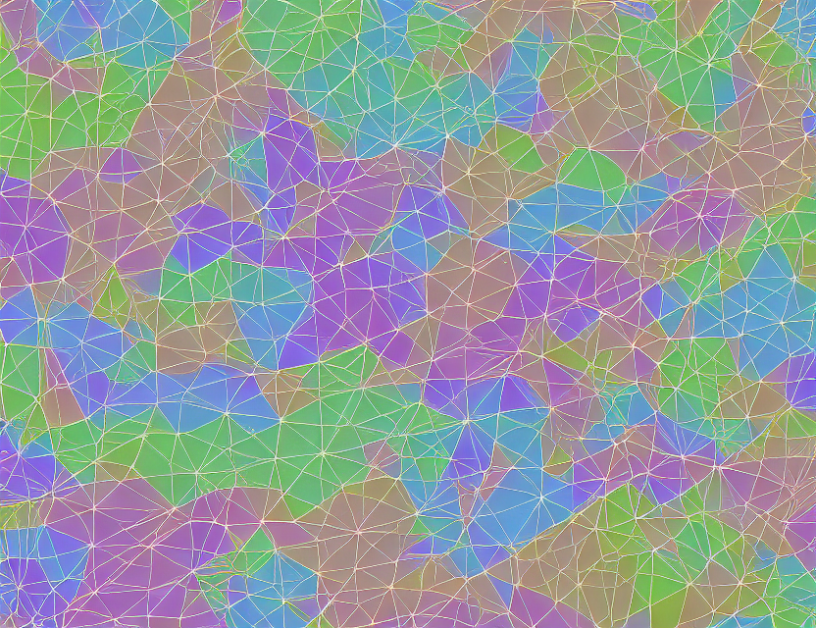In this article, we explore a new approach to measuring similarity between positive semidefinite matrices, which are crucial in various fields such as machine learning and signal processing. The traditional methods for measuring similarity between these matrices rely on computationally expensive matrix inversions or eigenvalue decompositions. In contrast, the proposed method leverages a geometric distance metric based on bundle theory, which is more efficient and easier to compute.
The key idea behind our approach is to represent each matrix as a bundle of subspaces, allowing us to map similar matrices to nearby points in a high-dimensional space. We then use a Riemannian metric to measure the distance between these points, resulting in a similarity measure that is both efficient and accurate. Our method can be applied to a wide range of positive semidefinite matrices, including those with different dimensions and structures.
The article provides a detailed explanation of the proposed method, including its theoretical foundations and computational implementation. The authors also demonstrate the effectiveness of their approach through extensive numerical experiments, showcasing its superior performance compared to existing methods.
In summary, this article introduces a novel approach to measuring similarity between positive semidefinite matrices using bundle theory and a Riemannian metric. Our method is more efficient and easier to compute than traditional methods while maintaining high accuracy, making it an attractive choice for various applications in machine learning and signal processing.
Mathematics, Numerical Analysis
Measuring Similarity Between Positive Semidefinite Matrices: A Survey



